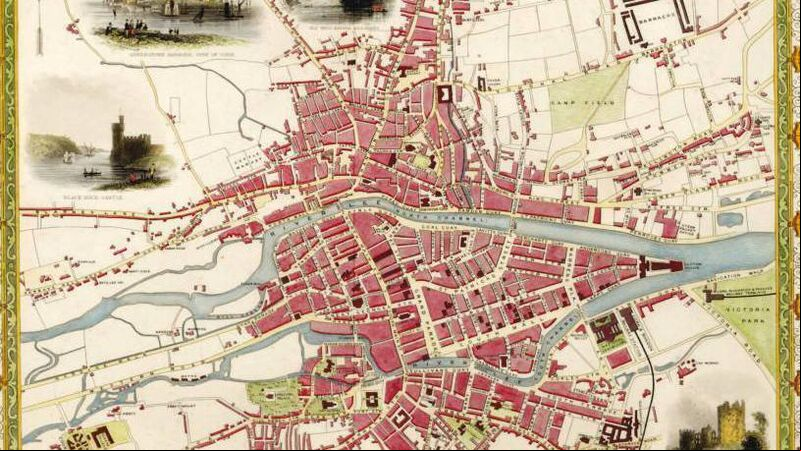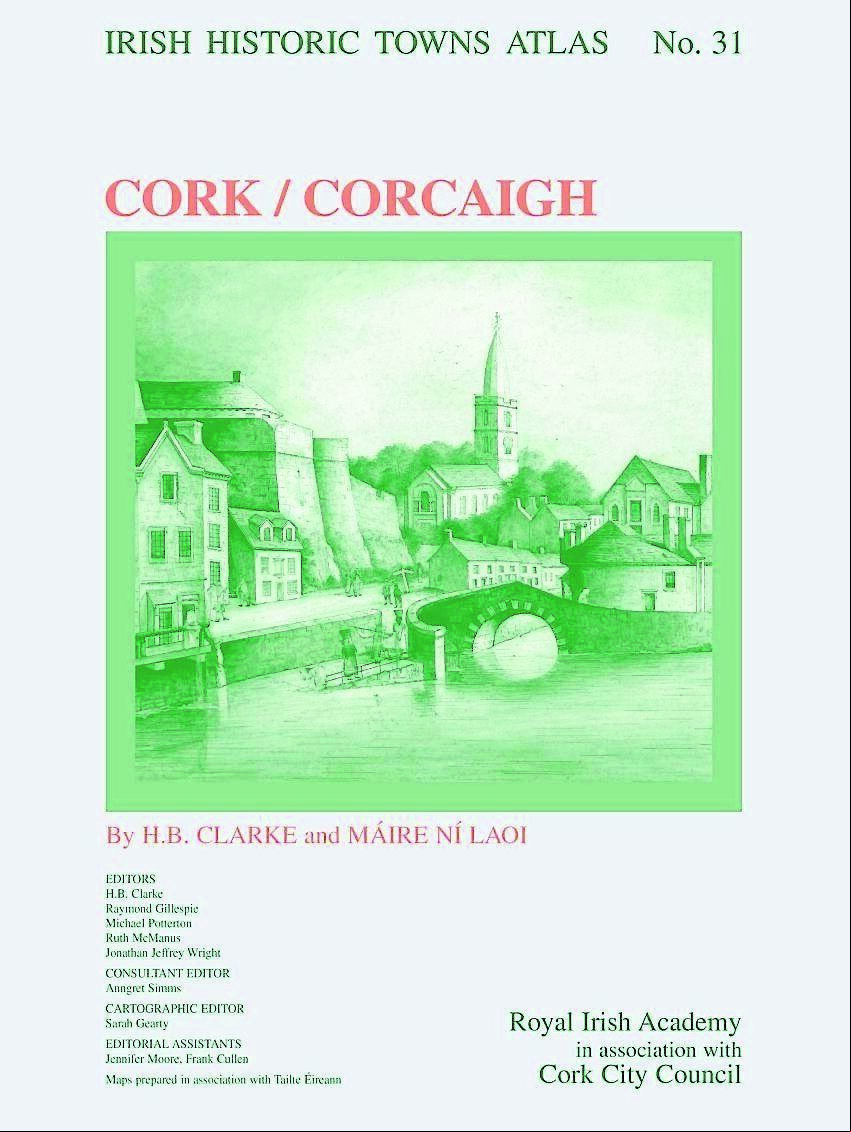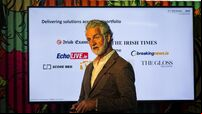Fascinating atlas traces Cork city heritage through the ages

A TREASURE trove of detail is contained in a new historical atlas of Cork, which goes on sale this week, and explores the city from its origins to the present day

Irish Historic Towns Atlas, no. 31, Cork/Corcaigh, by H.B. Clarke and Máire Ní Laoi, is published by the Royal Irish Academy in association with Cork City Council and was launched in City Hall on May 14.







 App?
App?


